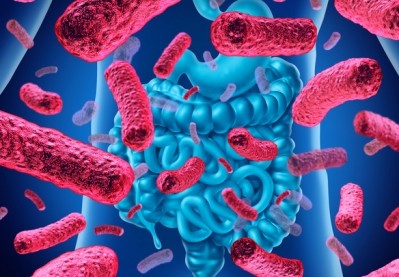Study teases out specific gut health benefits of barley arabinoxylan, beta glucan

The new research was published in the journal Biochemistry and Biophysical Reports. It was the work of a team from Otsuma Women’s University in Tokyo and the Hakubaku Co., which manufactures a number of grain products, including soba noodles from barley. The company provided the funding for the study.
Barley (Hordeum vulgare) is one of the world’s main cereal grains, along with rice, wheat, oats, maize, sorghum and millet. As a source of both soluble and insoluble fiber, it has long been known to promote regular bowel habits and confer other gut health benefits.
Which fractions do what?
However, the researchers were seeking to tease out which fractions of the grain actually confer these benefits, and what the mechanisms of action for those fractions are. The two fractions the researchers chose to focus on were arabinoxylan and beta glucan, two soluble fibers that are fermented by select gut bacteria.
To that end, they designed a 12-week long study using mice that were divided into three groups. One group ate a standard chow diet, another ate a diet based on a barley variety that contained a high amount of arabinoxylan and no beta glucan, and the third ate a diet based on a high beta glucan barley variety.
Both fibers boosted GLP-1 secretion
A primary endpoint was the secretion of GLP-1 in all three cases. GLP-1, or glucagon-like peptide-1, is a hormone that can help control blood sugar by stimulating the release of insulin. Higher levels of GLP-1 have been associated with less insulin resistance.
The researchers also analyzed stools samples of the mice in each of the three groups, to see how these soluble fibers affected the distribution of microbial species. They also characterized and quantified the short chain fatty acids present in the stools.
The researchers found that both of the barley flours significantly increase GLP-1 levels 60 minutes after ingestion compared to the control group, indicating that both arabinoxylan and beta glucan stimulated the release of this hormone.
Fibers promoted different bacterial species, metabolites
The two soluble fibers differed in which SFCAs they preferentially gave rise to, however. Both fiber groups showed increased acetate, succinate, and total SCFAs compared to the controls. In the arabinoxylan group, however, butyrate and valerate levels were significantly higher, too.
The two fibers also differed in which species of gut bacteria preferentially fed upon them, too. In the beta glucan group, levels of microbes in the Clostridium leptum were up regulated. In the arabinoxylan group, Lactobacillus predominated. Because these two bacterial groups predominate in different parts of the colon, the researchers speculated this may mean these fibers are being fermented primarily in different locations, but said more research is needed to pin this down.
Source: Biochemistry and Biophysical Reports
https://doi.org/10.1016/j.bbrep.2022.101343
Arabinoxylan as well as β-glucan in barley promotes GLP-1 secretion by increasing short-chain fatty acids production
Authors: Mio K, et al.
















